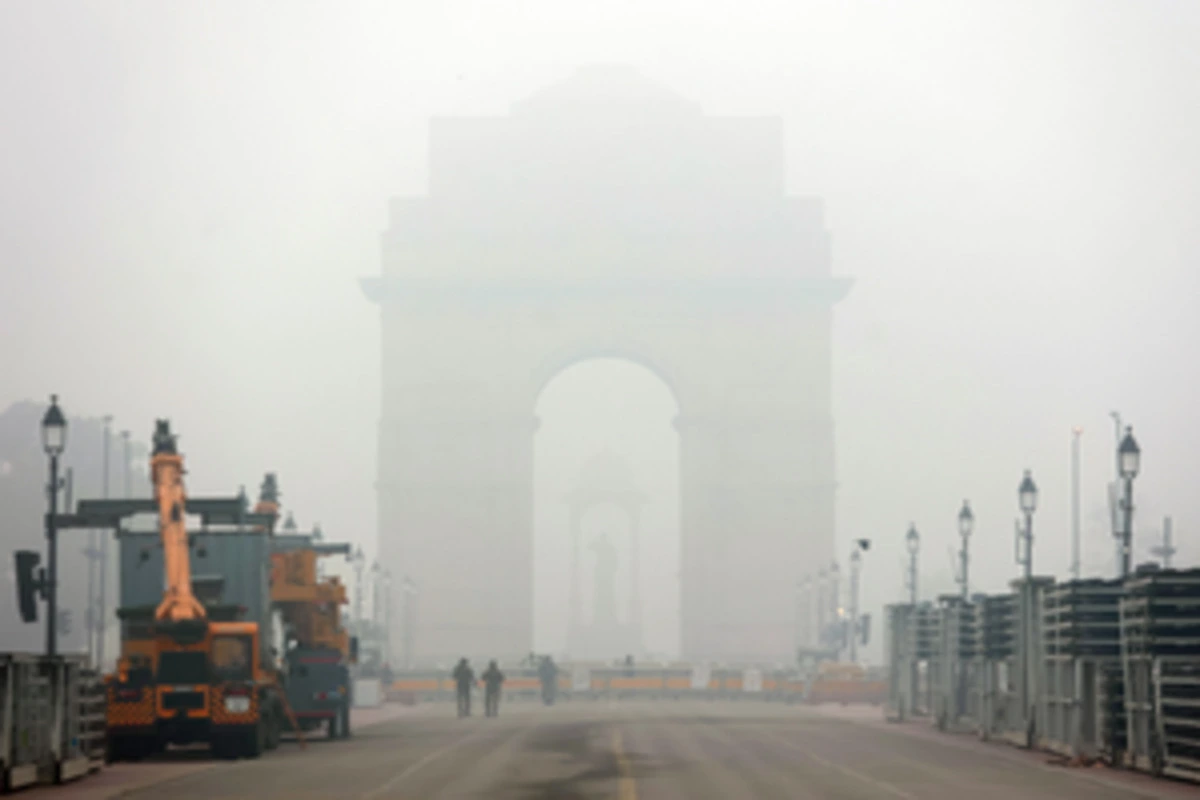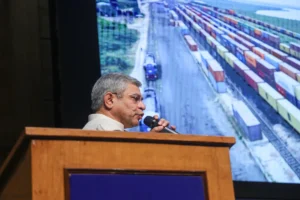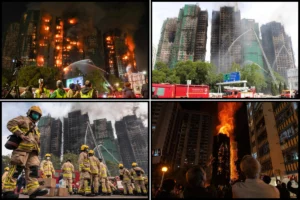
Delhi and the National Capital Region (NCR) woke up to thick blankets of fog on Saturday morning, causing near-zero visibility on the roads and severely disrupting normal life. The dense fog not only made travel hazardous but also led to significant disruptions in air and rail traffic.
The low visibility created a ripple effect across transportation networks, with potential delays and cancellations expected in air and rail services. The Indira Gandhi International Airport issued a public advisory to inform passengers of possible disruptions.
A post on X (formerly Twitter) from the airport noted, “While landings and take-offs continue at Delhi Airport, flights not CAT III compliant may be affected. Passengers are advised to check with airlines for updated flight information.” The airport also expressed regret for the inconvenience caused by the adverse weather conditions.
Poor Air Quality And Health Concerns
The thick fog compounded Delhi’s already hazardous air quality. At 7 AM, the capital recorded a temperature of 11.2 degrees Celsius, while the Air Quality Index (AQI) was a concerning 353, categorizing the air as ‘very poor,’ according to the Sameer app.
Also Read: Parliament Budget Session LIVE: FM Nirmala Sitharaman Presents Union Budget 2025-2026
The situation was similar in surrounding areas. In Uttar Pradesh’s Noida, the AQI hovered at 305, falling under the ‘very poor’ category, while Ghaziabad registered a ‘Poor’ AQI. In Haryana’s Gurugram, the AQI reached 312, also in the ‘very poor’ category, and Faridabad saw its readings at 286, classified as ‘Poor.’
The hazardous air quality raises significant health concerns, particularly for individuals with respiratory issues. Experts are urging residents to take precautions, including wearing masks and limiting outdoor activities, to mitigate the adverse effects of pollution.
Weather Forecast And Future Outlook
The India Meteorological Department (IMD) expects Saturday’s minimum temperature to settle at 10 degrees Celsius, with the maximum temperature reaching around 26 degrees Celsius.
The IMD has also warned that air quality will remain in the ‘very poor’ category until February 3, with slight improvements expected thereafter.
Unusual Warmth And Persistent Pollution
In a surprising twist, Delhi experienced a relatively warm January, with Friday’s maximum temperature reaching 27 degrees Celsius. This marked the warmest day of the month since 2019. Despite the warm temperatures, air pollution levels remained alarmingly high, with little relief in sight.
Authorities urge residents to take necessary precautions, especially those most vulnerable to the health effects of pollution, such as the elderly, children, and individuals with pre-existing respiratory conditions.
As the fog lingers, the region faces a tough combination of poor air quality and limited visibility, affecting daily life across Delhi and NCR.
To read more such news, download Bharat Express news apps


















